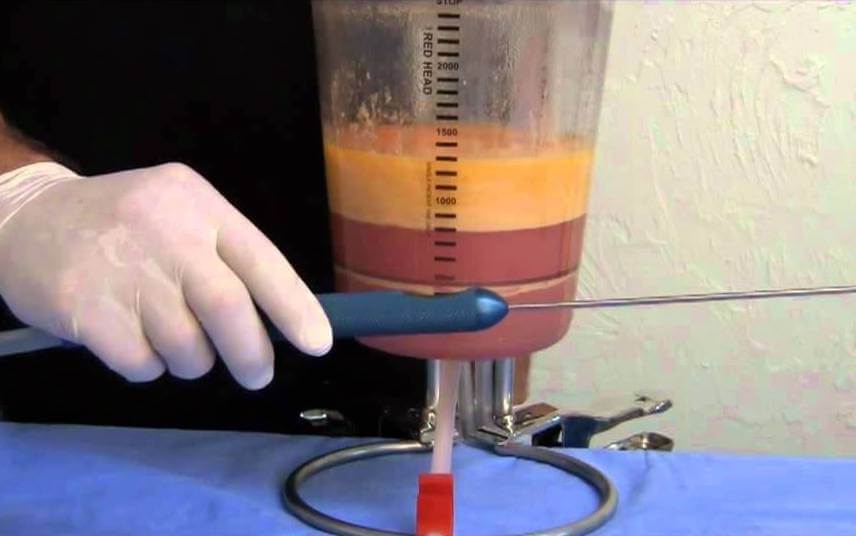Along with water and solar energy, is fat becoming the next renewable resource? Plastic surgery is taking a venture into recycling in a way that, while sounding a bit off-putting, makes total sense.
With liposuction and other procedures, a person’s fat is removed from areas of the body such as the belly, hips and legs. This fat is generally discarded as medical waste, sealed in a biohazard bag and never to be seen again.

While some may say, “good riddance,” and never wish to see that fat again, others were wondering if there was a better option than throwing it away. Hair is used to make wigs and old clothes are donated, so what can be done with the fat?
According to one plastic surgeon, requests from patients to donate fat to someone they knew or even a total stranger began to mount.
“I get offers all day long from friends willing to donate their fat for the use of another’s beauty. Many of my patients are even willing to donate anonymously to an unknown recipient,” wrote Dr. Michael Burgdorf, founder/president of Music City Plastic Surgery in Nashville. “I once heard a story of a surgeon who tried to come up with a mechanism to use unwanted fat cells to power his cigarette-style motor boat. Wouldn’t that be awesome!”
Related: Bullying Tied to Spike in Cosmetic Surgery
Unfortunately, fat cannot be transferred from one person to another. Instead, plastic surgeons found a different way to recycle fat: one in which the patient is both the giver and the recipient. Fat cannot be moved from one person to another, but it can be moved from one body part to another.
Fat is often used in plastic surgery procedures to smooth out wrinkles and plump up sagging skin. These sites are generally on the face, hands, breasts and buttocks. However, the fat taken from another site must be treated carefully and purified, either through a centrifuge machine or with special solutions created for the task.
Fat transfer, or ‘fat recycling,’ provides a preferable alternative to the silicone and saline implants that are often used for the breasts or the butt. The FDA lists many possible side effects of breast implants, including pain and possible rupture. A natural product that achieves the same effect can prevent chemicals entering the body unwanted.
Related: Mussel Secretions May Help Reduce Scars
However, fat is unpredictable, and may not achieve the plumpness a person desires due to being absorbed back into the body. But as Burgdorf says, “I can always put more fat in if desired. The good news is that most of us can provide more of this renewable resource if needed.”
Additionally, this is a new venture, so long-term side effects have yet to be discovered. In one study, it was found that injecting fat into mice caused tumors to grow and metastasize, but this has not been proven in human subjects.
Plastic surgeons remain hopeful about the procedure, looking to make one man’s fat another man’s treasure.
Marissa is a health and fitness writer from the Tampa Bay area. In addition to researching the latest trending topics, she enjoys instructing kickboxing classes and posting incessantly to her Instagram account.


![How To: ‘Fix’ Crepey Skin [Watch]](https://cdn.vitalupdates.com/wp-content/uploads/2017/05/bhmdad.png)












